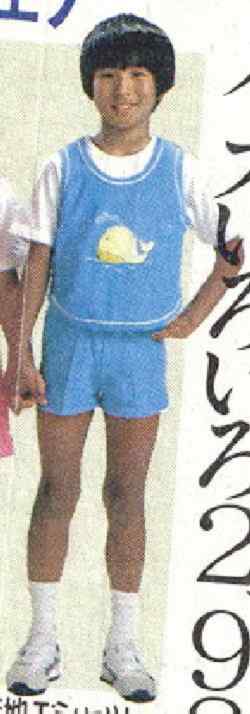
Figure 1.--Casual "T"-shirts and tank tops with sport shorts became very popular with Japanese boys in the 1970s and 80s.


Figure 1.--Casual "T"-shirts and tank tops with sport shorts became very popular with Japanese boys in the 1970s and 80s. |
Japan is a very traditional socity. Fashion changes more slowly than in the west. There were major changes in boys clothes in the late 1940s and early 50s. Japanese boys in the 1930s and 40s wore long pants, but they were long baggy shorts. This changed in the late 1940s and early 50s. Japan's defeat n World War II came as a great shock. Occupation by the Americans was the cause of a national soul searching. It also was an era when Japan looked outward. There was enormous interest in America and other foreign countries. Foreign fashions became very popular. Mothers soon adopted European styles for their boys. As economic conditions improved in the 1950s, the style of much shorter short pants became popular for Japanese boys. In the 1970s tube stocks with shorts became very popular as did sports styled shorts. Many of the fashion trends set in the 1950s did not begin to change sign significantly until the 1990s. Only in the mid-1990s did boys begin to wear the longer baggy shorts that had become popular in Europe and America.
Japan is a very traditional socity. Fashion changes more slowly than in the west. There were major changes in boys clothes in the late 1940s and early 50s. Japanese boys in the 1930s and 40s wore long pants, but they were long baggy shorts. This changed in the late 1940s and early 50s. Japan's defeat n World War II came as a great shock. Occupation by the Americans was the cause of a national soul searching. It also was an era when Japan looked outward. There was enormous interest in America and other foreign countries. Foreign fashions became very popular.
Mothers soon adopted European styles for their boys. As economic conditions improved in the 1950s, the style of much shorter short pants became popular for Japanese boys. Many of the fashion trends set in the 1950s did not begin to change sign significantly until the 1990s.
In the 1970s tube stocks with shorts became very popular as did sports styled shorts. A HBC reader reports on his time in Japan during the 1970s. "I read your articles about Japan with great interest because of the stark difference in the 1970's between
boys' wear in America and in Japan. The most obvious difference was the shortness of their shorts in summer as well as in winter. I have a photo of a snow day with a boy holding up an umbrella, wearing a sweater, gloves and ankle rubber boots, and brief shorts.
Japanese parents apparently liked the idea of their boys being inured to the cold and have always associated this with good health and athleticism. Their arms and legs were
usually well tanned, as opposed to the American children. I have seen boys in short-sleeved shirt and tight short shorts in the coldest of weather (although it doesn't get quite so cold in Tokyo, it does go down to around freezing as the snow demonstrates. The Japanese boys wore shorts of all colours, shapes and designs, checkered dark blue with dark green lines in squares, or light blue or yellow cotton, usually with ankle or tube socks in the summer and knee socks in the winter."
Navigate the Boys' Historical Clothing Web Site:
[Introduction]
[Activities]
[Bibliographies]
[Biographies]
[Chronology]
[Clothing styles]
[Countries]
[Contributions]
{FAQs]
[Japanese glossary]
[Satellite sites]
[Tools]
[Boys' Clothing Home]
Navigate the Boys' Historical Clothing Japanese pages:
[Return to the Main Japanese post-war page]
[Return to the Main country page]
[School uniforms]
[Monarchy]
[Scouts]
[Department store catalogs]
[Music recitals]
[Japanese choirs]
